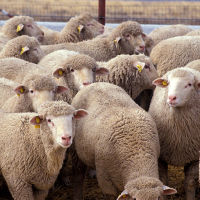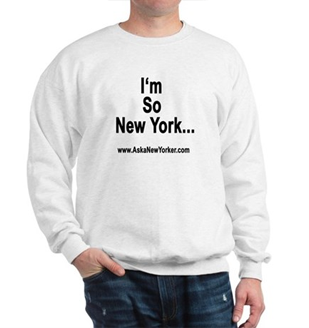MUST WATCH THIS VIDEO BEFORE READING.
Pet the lamb that thinks it’s a dog!
I inadvertently stumbled across this clip while browsing random videos on YouTube, a viral sensation to say the least. This video is interesting because environment and surroundings undermined the Lamb’s biological functions; the implications are—the physiological features and gradual development of complex organisms are prone to changes in order to integrate and adapt to their environment.
It’s an intriguing phenomenon indeed; conditions and surroundings influencing the brain-chemistry of animate and organic “matter” (living organisms), and the irony of such a notion. How does the grandeur scheme of an ecological system predicate a confluence between physiological functions and environmental factors? It reminds me of Hegelian Dialectic; “Thesis and Antithesis, Synthesis;” thesis being the intellectual proposition, antithesis negating the thesis, and synthesis resolving the conflict between the thesis and antithesis. Causing a unified whole between mutually exclusive parts, forming a new theory.
It’s equivalent to the physiological functions or ingrained processes of the Lamb being the thesis, the ecology of the environment being the antithesis, which contrasts the thesis, causing the synthesis–a unified whole between mutually exclusive parts. (Lamb mimics Dog).. This video is truly a study in the field of “Comparative Psychology and Ethology,” the behavior and mental processes of animals. Human supersedes animal in terms of complex social structures and sophisticated systems of governing a community, country or region as a collective group.
Here’s the perfect biological metaphor to encapsulate the perpetual rivalry between “talent vs practice,” an unorthodox idiom pervasive in online forums, social-mediums and other interactive platforms. Talent or natural aptitude seems inadvertent, meaning it’s not conjured up to facilitation, and there’s no denying the power of “innateness;” however, the overall ecology of an environment is quite salient in this YouTube video.
Parring the physiology of animal functions with the ecology of environments, we’d assume the former would be the dominant factor because it’s biologically ingrained, and the latter would be the subordinate because of the spatial factors involved. Ironically, spatial influence plays a primary role in animals developmental behavior. This reminds me of the disparity between metaphors and metonyms in literary devices, (Linguistics). They’re both conducive to finding commonality between different forms of existence, however, metonyms correlation is within a spatial substitutional reasoning, whereas a metaphor is a direct correlation.
Environment can nurture a prerequisite or exacerbate it into oblivion; hence the reason a profound musician in their adolescence stages, may develop practice-etiquette from his/her family influence; although exceptions to the rules are always a discourse; like autism, savant, aspergers and other spectrum disorders conducive to inborn traits, or the natural susceptibility, tenacity or diligence towards an infatuation. We cannot omit the fact that there’s a myriad of internal and external dynamics that predicates the prolific attributions of human fruition, but the transparency of ecological systems do influence physiological processes.
 Atelston Fitzgerald Holder 1st, Writer, Journalist & Lecturer
Atelston Fitzgerald Holder 1st, Writer, Journalist & Lecturer
Please Visit Official Website www.mrpregnant.com Appeared on over 20 different Cable & TV Networks.
Connect with him on Facebook mrpregnant Twitter mrpregnant and Linkedin mrpregnant











